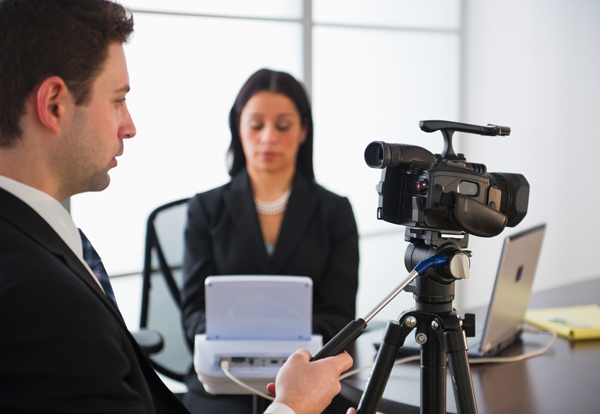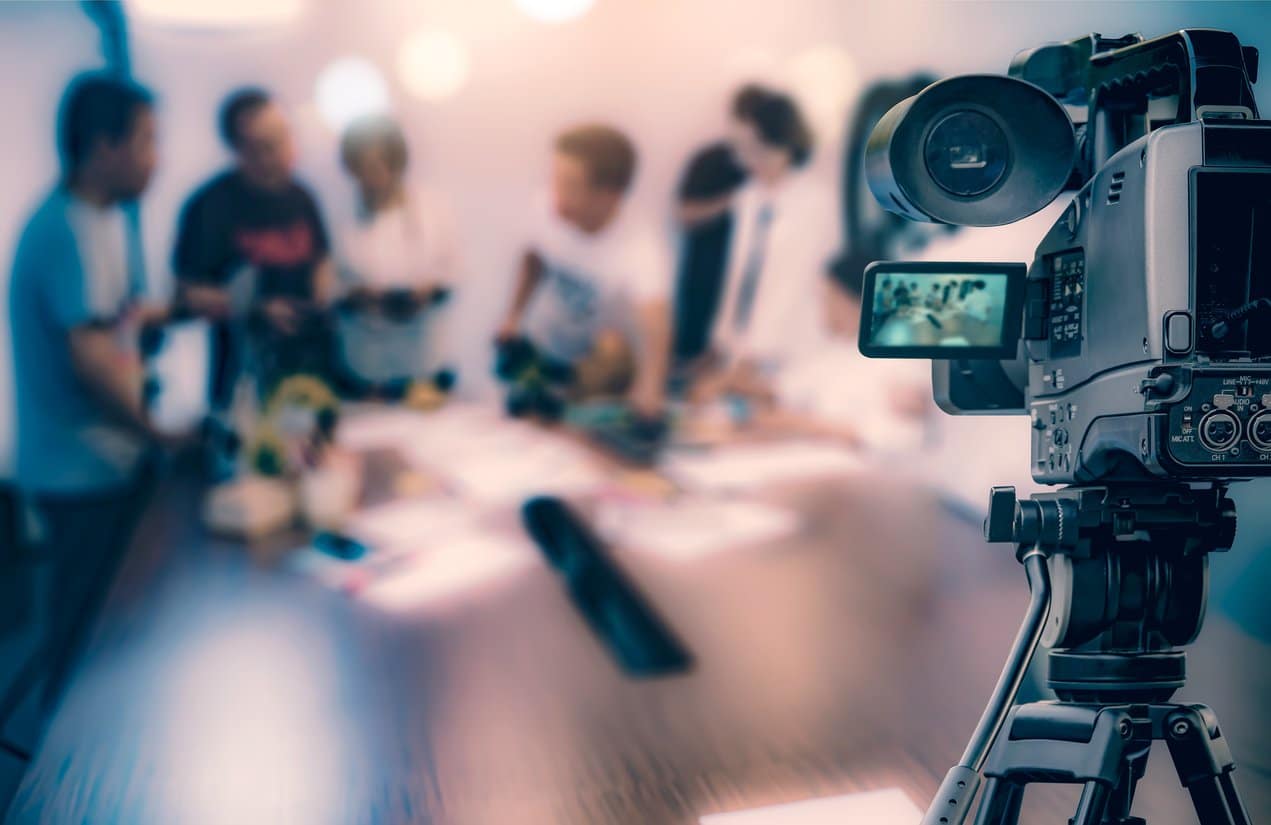The Role of Lawful Videography in Depositions and Trials
Lawful videography has emerged as an essential device in both depositions and tests, supplying a multifaceted approach to recording witness statements. By recording not only the talked word yet likewise the subtleties of non-verbal interaction, this medium boosts the reputation of statements and preserves crucial proof for future process (legal videography). As attorneys significantly acknowledge its value, it motivates a deeper assessment of exactly how these aesthetic documents can affect juror perceptions and trial outcomes. What implications might these growths hold for the future of lawful practice?

Value of Legal Videography
Lawful videography plays a critical function in the documents and discussion of depositions and tests. This specific field integrates technical skills with lawful expertise to develop a reliable document of procedures that can significantly influence instance results. The appearance of legal videography enhances the understanding of witness testimony, allowing jurors and courts to observe not just the talked words however additionally the attitude, emotions, and body language of the witnesses.
On top of that, lawful videography gives an unbiased account of occasions, decreasing the potential for misconception that can take place with composed records alone. This visual paperwork acts as an essential device during trial presentations, assisting in a more clear and more influential story for both complainants and accuseds. The capability to replay video sectors throughout court proceedings enables lawful groups to highlight key points, reinforcing their disagreements successfully.
The significance of lawful videography prolongs beyond the court room; it also plays an essential function in preserving evidence for future referral, whether for allures or further lawful activity. Its assimilation into the lawful procedure is crucial for ensuring a fair and precise depiction of the truths, ultimately contributing to the search of justice.

Process of Legal Videography
While catching the subtleties of depositions and tests, the process of lawful videography entails several critical actions that ensure top quality, accurate recordings. Initially, a professional lawful videographer prepares by examining the situation products and understanding the certain demands of the deposition or trial. This prep work includes acquainting themselves with the participants and the context, which assists in recording significant information.
On the day of the recording, the videographer sets up the essential equipment, which typically consists of high-definition cams, microphones, and proper lights. Making certain optimum angles and audio top quality is crucial, as it directly affects the effectiveness of the recording. The videographer communicates with attorneys and participants to establish protocols, guaranteeing that every person comprehends the recording process.
Throughout the deposition or test, the videographer carefully records the process, paying very close attention to both spoken and non-verbal hints. This includes recording the behavior and reactions of witnesses and attorneys. After the session concludes, the videographer might edit the video footage for clarity and conformity with legal standards, creating a last item that properly shows the procedures for future referral and usage in lawful contexts.
Benefits in Depositions
The incorporation of videography in depositions uses numerous benefits that boost the general procedure of collecting proof. One main benefit is the capability to capture witness testimonies with aesthetic and auditory integrity, giving an extra exact representation of the witness's disposition, tone, and body language. This multidimensional method allows attorneys and juries to analyze credibility better than typical written records alone.
Additionally, videographed depositions function as a powerful device for maintaining testimony. Must a witness ended up being not available for test, their recorded deposition can be played in court, guaranteeing that their proof continues to be obtainable and look at this now appropriate. This aspect substantially minimizes the threat of losing critical info that might influence case end results.

Lastly, videography boosts the general professionalism and trust of the deposition procedure, instilling confidence in clients concerning the thoroughness of their legal depiction (legal videography). By leveraging innovation, attorneys can significantly boost the efficiency of depositions
Influence On Trials
In many tests, the assimilation of videography can dramatically influence the presentation of evidence and the court's perception. Lawful videography catches witness testimonies and important evidence in a dynamic layout, allowing jurors to engage with the material on several degrees. This visual component boosts the narration aspect of a test, offering context and emotional resonance that traditional text-based evidence may lack.
Moreover, video recordings can serve as powerful tools for impeachment throughout cross-examination. When discrepancies occur between a witness's previous declarations and their court testimony, video proof gives an unbiased referral that can persuade jurors' viewpoints. This immediacy and clarity can strengthen the credibility of an event's narrative while simultaneously undermining opposing debates.

Future Trends in Legal Videography
As we look towards the future of lawful videography, numerous arising patterns guarantee to improve its role within the court room. One significant pattern is the read this post here integration of expert system (AI) in video clip analysis and editing. AI can enhance the procedure of determining essential minutes in recorded depositions, permitting attorneys to rapidly access appropriate material, thus improving efficiency in case prep work.
In addition, the rise of digital truth (VR) and increased reality (AR) technologies is expected to transform exactly how look at here jurors experience evidence. legal videography. By submersing jurors in a simulated setting, these modern technologies can provide a much more extensive understanding of complex circumstances, leading to more educated considerations
In addition, the enhancing demand for remote depositions, increased by the COVID-19 pandemic, will likely proceed. Lawful videographers will certainly need to adjust to new software application and systems to make sure top quality recordings in digital settings.
Last but not least, the expanding emphasis on data security will certainly necessitate more stringent protocols for storing and sharing video proof. As the legal landscape evolves, legal videographers should stay abreast of these trends to preserve their relevance and effectiveness in the judicial process.
Verdict
In summary, lawful videography serves a vital feature in the judicial process, boosting the honesty of depositions and trials. As modern technology continues to advance, lawful videography is poised to more transform its role within the lawful landscape.